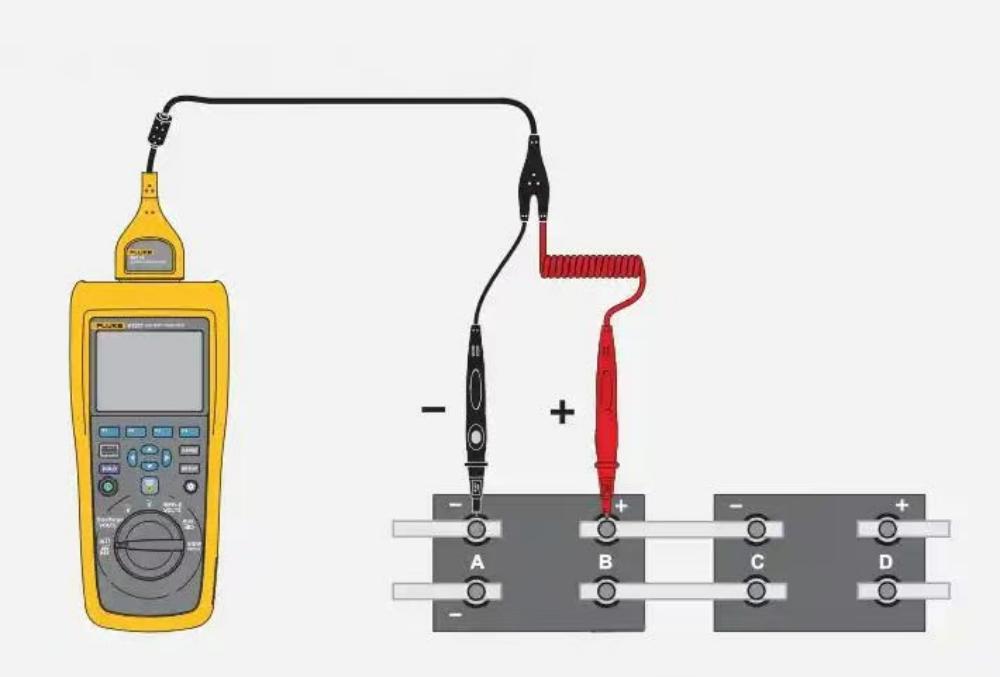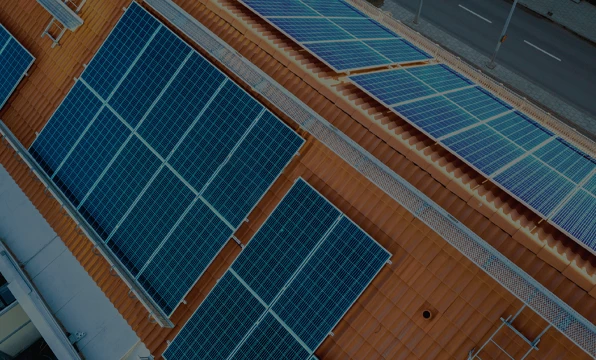The large internal resistance of lithium batteries is the key factor that leads to battery heating, reduced energy efficiency and even potential safety hazards. This article will delve into the common causes of elevated internal resistance in lithium batteries and provide practical solutions.
The internal resistance of lithium batteries is mainly composed of ohmic internal resistance (the conductivity of the material itself) and polarization internal resistance (resistance to electrochemical reactions). The core causes of increased internal resistance include:
1.Aging of materials and structural deterioration
Electrode material shedding: After long-term cycling, the positive and negative electrode active materials (such as lithium iron phosphate, graphite) fall off due to volume expansion/contraction, resulting in the interruption of the conductive path.
SEI film thickening: The solid electrolyte interfacial film (SEI) formed by the reaction between the electrolyte and the negative electrode thickens with the increase of the number of cycles, hindering the migration of lithium ions and significantly increasing the internal resistance of polarization.
2.Electrolyte breaks down and dries up
In the environment of high voltage or high temperature, the electrolyte undergoes side reactions to generate gases and impurities, which reduces the ionic conductivity, and the increase of the viscosity of the electrolyte leads to an increase in ion transmission resistance.
3.Clogged diaphragm pores
The lithium dendrites precipitated during the cycle may puncture the separator, or impurities may be deposited to block the pores, hindering the diffusion of lithium ions and further increasing the internal resistance.
4.Poor contact of connectors
Loose solder joints, tab oxidation, or assembly errors can lead to increased contact resistance, especially in lithium iron phosphate battery packs, and unreasonable module design can amplify this problem.
二. how to deal with the problem of large internal resistance of lithium battery?
1.Material optimization
Nano-scale lithium iron phosphate cathode and silicon-carbon composite anode are used to improve conductivity; Optimize the electrolyte formulation to suppress side reactions.
2.Process improvements
Improve the uniformity of electrode coating and avoid excessive local current density; Strengthen the quality control of the welding process.
3.Use conditional controls
Avoid overcharging and discharging, limit the charging cut-off voltage (e.g., lithium iron phosphate battery ≤3.65V), and use heating film or thermal insulation design in low temperature environments.
4.Regular maintenance and inspection
The internal resistance of the battery pack is monitored through the internal resistance tester (such as the AC four-terminal method), and the abnormal cells are replaced in time to manage the SOC (state of charge) in a balanced manner.
 +86 13332949210
+86 13332949210 info@xihobattery.com
info@xihobattery.com







 Xiho
Xiho Apr 01 2025
Apr 01 2025










